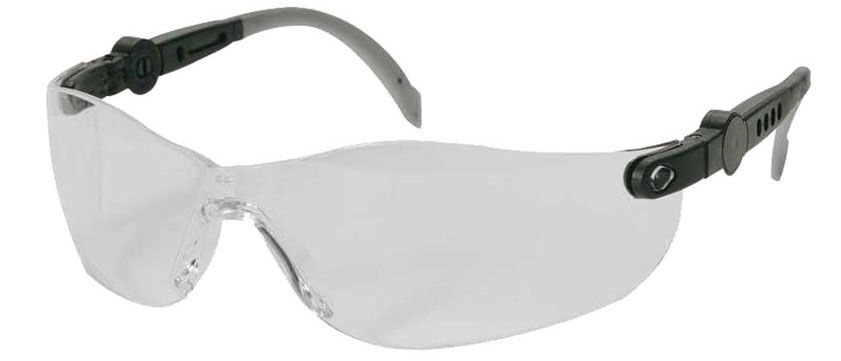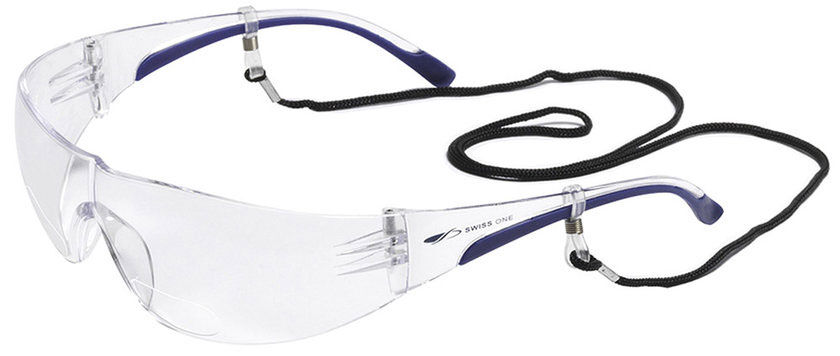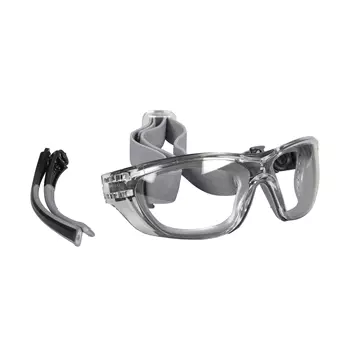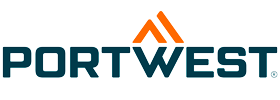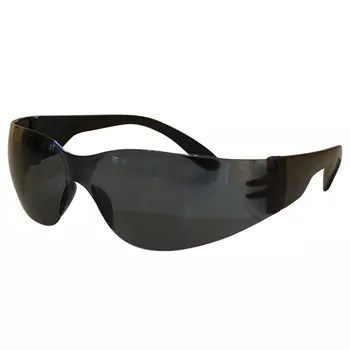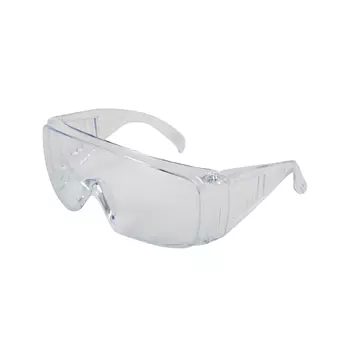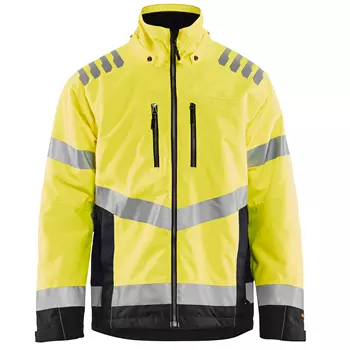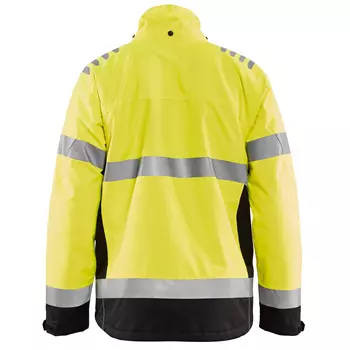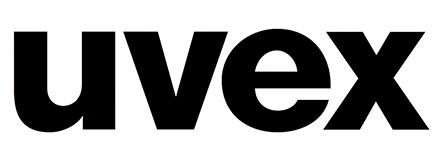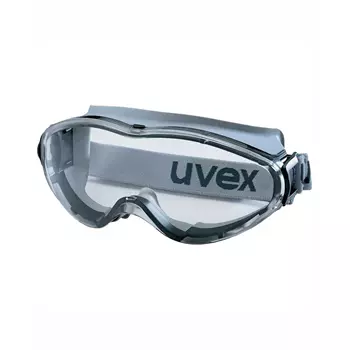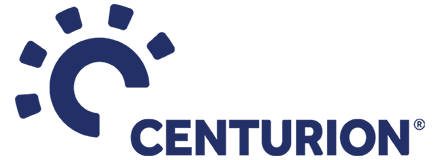Choose the right type of safety glasses
Find out what types of goggles you can get
Are you the DIY type who can often be found busying themselves with angle grinders or cutting tiles? If so, you’re at risk of getting splinters and abrasive dust in your eyes. Perhaps you use chemicals that really must not come into contact with your eyes? In these kinds of situations, it’s important to protect your eyes with safety goggles and protective eyewear – otherwise, you might not be able to carry out your next DIY project.
We recommend safety glasses in these contexts
As soon as there is a risk of getting something in your eyes, it’s time to put on a pair of safety glasses. But in situations where you risk injuring your eyes and partially losing your sight, it’s especially important to do so.
You should use safety glasses in the following situations:
- When you risk particles from cutting and grinding getting into your eyes
- When you are exposed to abrasive dust and dust from cutting e.g. tiles
- When painting with a paint sprayer or painting a ceiling, where you risk getting paint splashes in your eyes.
- When working with chemicals that emit harmful fumes
If you are a handyman or handywoman, always wear safety glasses.
But which kind of safety glasses will you need to pull out of the drawer in order to be ready for your next project?
Grinding glasses and safety glasses – also for spectacle wearers
These safety glasses look like regular glasses, and are also available with side protection to protect against flying particles. They are great for cutting tiles, cutting holes in brick work, or sanding walls, floors and furniture.
If you wear spectacles everyday, it’s possible to get safety glasses for spectacle wearers, which are designed to wear over your regular glasses.
Full goggles and capsule goggles
These safety goggles are enclosed, providing complete protection for the eyes and the skin around the eyes. Full goggles and capsule goggles are great for protecting against particles, dust and liquid that fly around in the air from all sides while you work. Bring them along on New Year’s Eve, and you’ll have a pair of firework goggles to protect your eyes from sparks.
Safety glasses with corrective lenses
Now that’s smart! By choosing safety glasses with corrective lenses in the strength you require, you can clearly see what you’re working on. At our webshop, you can filter safety glasses according to different strengths. Like the other types of safety glasses, they protect against flying particles.
Safety glasses – UV glasses
The perfect combination of sunglasses and safety glasses. Some of our safety glasses feature UV protection, allowing you to use them outdoors in the sunshine.
You can also use these safety glasses exclusively as sunglasses, cycling glasses or skiing glasses as they provide full UV protection. Perhaps you know what it’s like to sit on your sunglasses, or lose them altogether? With these inexpensive sunglasses, there’s no need to worry yourself too much!
What do EN standards mean in safety glasses?
It’s a mission in itself to find your way around EN standards. At Cheap-workwear.com, you can quickly get an overview of safety glasses by filtering by standards. Here we explain briefly what the standards mean:
- EN 166: Safety glasses
- EN 166 S: Safety glasses with frames and lenses that can withstand a 22 mm ball of 43 grams being dropped from a height of 1.3 m at a speed of 18 km/h. The glass must remain in the frame without shattering, just as the frame must remain intact.
- EN 166 F: Safety glasses with frames and lenses that can withstand a 6 mm steel ball of 0.86 grams fired at a speed of 162 kilometres per hour. The glass must remain in the frame without shattering, just as the frame must remain intact.
- EN 166 B: Safety goggles with frames and lenses that can withstand a 6 mm steel ball of 0.86 grams fired at a speed of 432 kilometres per hour. The glass must remain in the frame without shattering, just as the frame must remain intact.
- EN 166 K: Scratch-resistant
- EN 166 N: Anti-fog
- EN 169 - 5: For welding. Protects against gas and fine dust particles
- EN 170: UV protection
- EN 172: Sun filters for professional use
- EN 397: Industrial safety helmet with integrated glasses
- EN 50365: Industrial safety helmet with integrated glasses – for high voltage
- Optical class I: For permanent use
- Optical class II: For occasional use
- Optical class III: Used in exceptional cases – not intended for long-term use
One last thing to consider is whether you are using them along with hearing or respiratory protective equipment. In this case, make sure that your safety glasses and hearing or respiratory protective equipment are compatible for optimal protection. We hope this guide has made the choice between safety glasses, goggles, sunglasses or safety glasses with corrective lenses a clearer one – and one that looks good too!
See the full range of safety glasses here.
Questions about goggles?
If you have any questions or are you looking for safety glasses that we do not have on the webshop, you are welcome to contact customer service at info@cheap-workwear.com or tel. 96742030.

